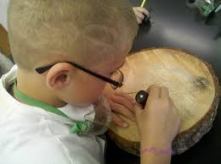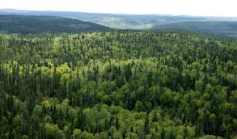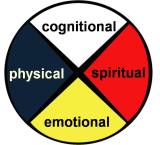As frontline health care workers, nurses are pivotal in initiating change. In each interaction you can actively decide if you are going to treat each person as an equal or provide some sort of substandard care. I’m hoping you choose the first option.
As a nurse, you have the privilege of not only directly impacting the health of another person through education and nursing interventions, but in advocating for the best standard of care they can receive and helping patients to navigate the health care system. As a front line worker, you witness disparities in care and can speak up against them. Accessible health care requires the delivery of culturally sensitive care.
I am incredibly grateful for the knowledge that has been shared with me throughout this course. I thank Ashlee for facilitating the interactions, my classmates for participating and all of our guest speakers for making me a better future nurse. I truly believe that in learning more about Aboriginal culture, health and wellness I will provide better care than I would have otherwise provided. In an attempt to share this feeling with everyone, I have created a list of what I felt were the key messages that I have taken from this course.
As a nurse:
– Understand that in traditional Aboriginal cultures, health care involves a holistic approach that includes all aspects of well-being including physical, spiritual, emotional and mental health. If you are going to provide holistic care you need to assess all aspects and provide/advocate for necessary holistic interventions. Don’t isolate the physical.
– Language differences can lead to ineffective communication. Trying to understand medical jargon, diagnostic procedures, tests and medication regimens is difficult enough without a language barrier. The next time you think someone may be ‘non-compliant’ consider the possibility that there is a need for more culturally appropriate education.
– View clients as individuals and take the time to fully understand their situation. Actively choose to convey kindness, compassion and respect. Remember communication is much more than just verbal exchange.
– Take the time to learn more about the Aboriginal culture and history of the people you are working with. Although the various Aboriginal cultures have many similarities they also have many aspects that make them each unique. Knowing the culture and history will provide you with a better understanding of why an individual may be in their current state of health. One of the best ways to find out about the culture, history and traditions is to ask key informants such as community Elders.
– Recognize your own stereotypes and prejudices, and question why you have them. Question their credibility. Put in the time to find out why you make some of these assumptions and search for the truth.
– When presented with statistics, question the background. Why might a statistic like this exist? Are there events in history that contribute to this? Is health care equally accessible for the people described? You cannot change a statistic without knowing why it exists. Think upstream, be proactive and don’t accept a statistic as being an unchangeable fact.




